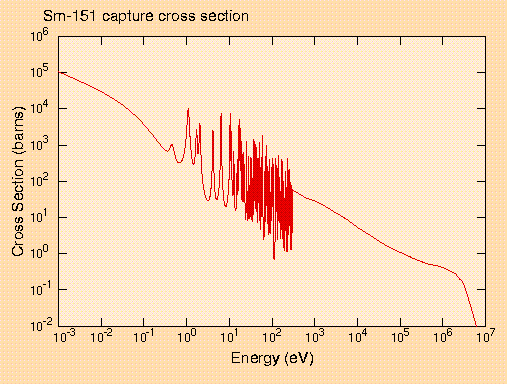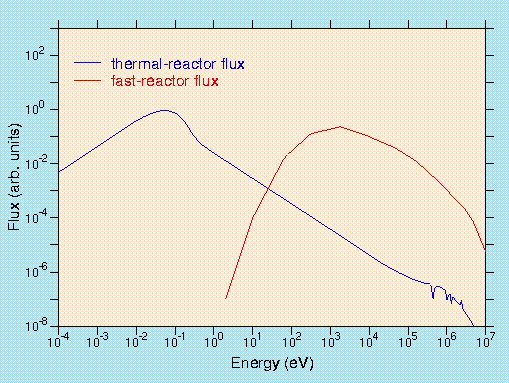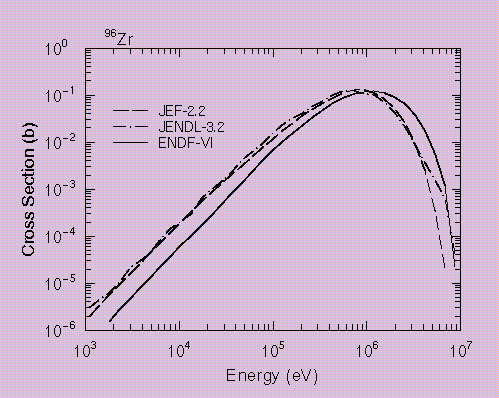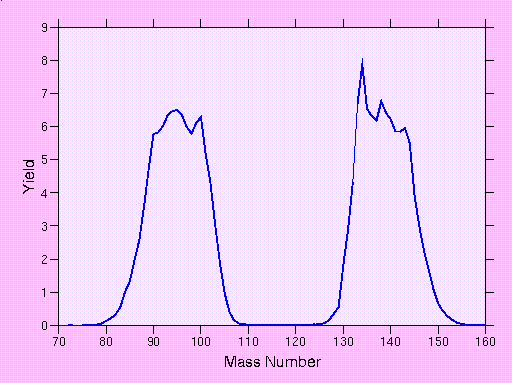|
It is occasionally necessary to transport nuclear materials from
one site to another. For example, new reactor fuel rods have to
be transported from the manufacturer to the power reactor, and
used fuel rods must be shipped from the power reactor site to
a reprocessing center or to a permanent storage site. Waste from
fabrication facilities, laboratories, reprocessing centers, or
decomissioned reactors must be shipped to storage centers. Such
shipments pass over our highways, through our towns, and along
our railroads. It is vitally important that there is no
possibility of a criticality accident during transportation.
However, we also want to minimize the number of such shipments.
Thus, we want to put as much nuclear material as possible into
each shipment without violating criticality safety.
As an example of the type of thought put into the transportation
process, consider "burnup credit." A used reactor fuel rod
contains less fissile material (U-235) than a new one because
part of the fuel has been consumed to produce electricity. It
also contains some new fissile material (Pu-239) produced during
its exposure, and it contains large amount of "fission products,"
the fragments of the uranium nuclei remaining after fission.
Many of these fission products are strong neutron absorbers
and act to damp down the fission process. However, the regulations
that govern the transportation of fuel rods normally require that
the criticality analyst only consider the fissile fuel loading
without taking "credit" for the additional absorptive effect
of the fission products. This is a conservative regulation, but
if we could predict the burnup credit with great reliability, we
could increase the number of fuel rods in a shipment.
In order to justify changing the regulations, we must obtain the
best possible nuclear data for these fission products and attempt
to quantify the uncertainty of our knowledge of their cross
sections. In addition, we must thoroughly validate the computer
codes used for the transportation cask designs. A number of
Groups throughout the world are attacking these problems, and
our Group at Los Alamos is among them.
|



